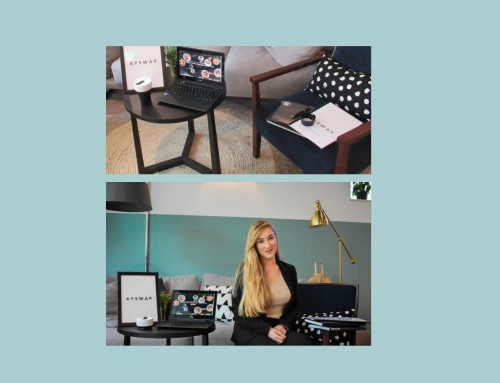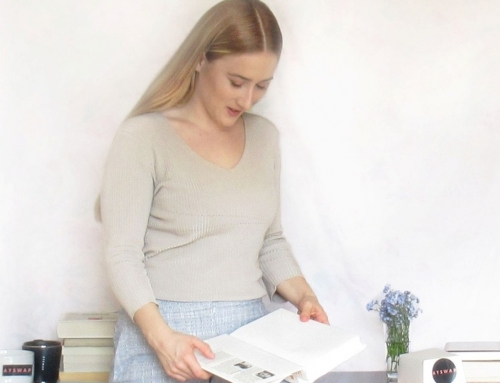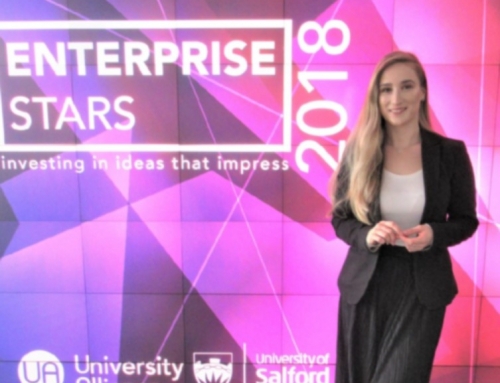In looking back I feel I have failed so many times through this school year, yet never achieved so much.
The reason might be that in our module Design thinking for Start-ups failure was in a way welcome. Amabile and Khaire (2008, p.107) explain that “…the goal should be to experiment constantly, fail early and often, and learn as much as possible in the process.” Kelley and Kelley (2014) believe that failures lead to success when innovating and encourage failing as a way to develop confidence. Furthermore, Robinson (2014) emphasised that individuals who achieved the greatest thing in the past were the one that was prepared to make mistakes. It feels that society dismiss the failures when one achieve success.
With my start-up team, we failed many times in the past 7 months. As a team, we failed when we invested unwisely in our company. We failed when presenting our first group task aiming to transform the whole medical system instead of customising a certain part of the patient’s ID. We failed in designing our business cards with words misspelt. We failed when we burned our products caused by not having enough knowledge on the suitable type of a wood for the laser cutting machine. We failed in producing different product’s sizes when not properly check laser cutting files. Those are just some of the most signific failures through our start-up ventures.
Whereas a year ago, I would have felt this could be a failure, today those failures helped me to understand that failures are part of a success. Failure gives new opportunities for brighter future. This start-up journey was a very valid lesson, that has given me new entrepreneurial skills and funny further confidence in my skills:) With weekly meetings, university’s covered costs of used apparatus, covered charges of liability insurance, registration as a Limited Liability company under the Young Enterprise, Equalytie start-up was possible and finished by being a valid lesson.
“You can’t connect the dots moving forward, you can only connect them looking backwards” concluded Steve Jobs (University, S. 2017).
All the gained skills will be implemented into my future career, where I will also keep encouraging my creative thinking as this journey opened to me an important understanding of creative mind. It gave me further confidence in my design skills which I will transform into entrepreneurial within the creative industries.
To conclude, I would have never imagined this journey would take me from googling the suitable course for me last year in my hometown to actually being present in Google headquarter in Silicon Valley a few weeks ago and speak with the people I used to read about from magazine covers.
Failure is welcome!









